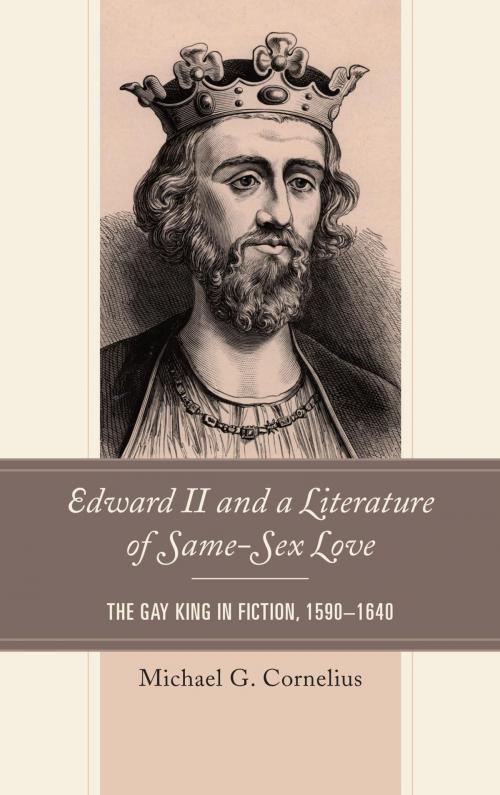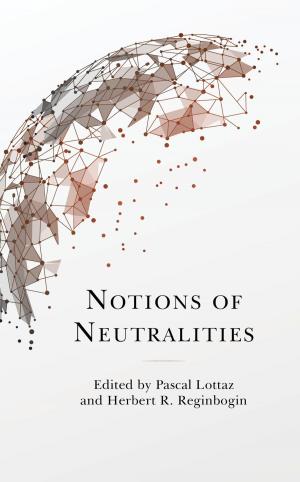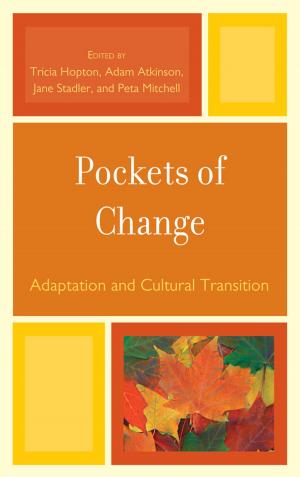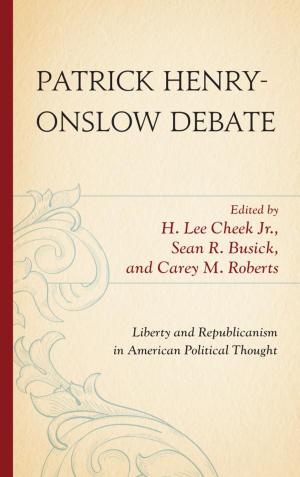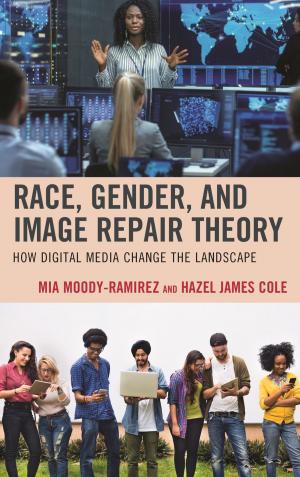Edward II and a Literature of Same-Sex Love
The Gay King in Fiction, 1590–1640
Fiction & Literature, Literary Theory & Criticism, British, Nonfiction, History| Author: | Michael G. Cornelius | ISBN: | 9781498534598 |
| Publisher: | Lexington Books | Publication: | October 21, 2016 |
| Imprint: | Lexington Books | Language: | English |
| Author: | Michael G. Cornelius |
| ISBN: | 9781498534598 |
| Publisher: | Lexington Books |
| Publication: | October 21, 2016 |
| Imprint: | Lexington Books |
| Language: | English |
The narrative re-tellings of the life, reign, and death of the English King Edward II (reigned 1307–1327) present a unique opportunity for scholars of sexuality in the early modern era. This is because the works of authors like Christopher Marlowe, Michael Drayton, Sir Francis Hubert, Elizabeth Cary, and Richard Niccols were all inspired by the public, cultural memory fashioned from Edward’s same-sex love affair with Piers Gaveston. As such, each of them presents a particular representation of and a specific discourse about male-male sexual relations in the Renaissance. In other words, what these works present is a concentrated body of literature about same-sex love in the early modern era: works that openly and frankly explore the possible origins of the love, the reasons and causes for it; works that explore the ramifications of male-male romantic relationships; works that explore the sexual politics and sociocultural dynamics of same-sex romantic partnerships; and works that describe and denote same-sex love from an English Renaissance perspective. This study looks at each of the major Renaissance texts about Edward II and examines the means through which each text understands and analyzes the nature of male-male same-sex love. From Marlowe’s crafting of a lover-identity for Edward to Drayton’s obsession with Marlowe’s version of (gay) history; from Hubert’s Augustinian construction of Edward’s nature to Cary’s identification with the fallen king to Niccols’ inspired exemplum, what each of these works demonstrates is that the “love that dare not speak its name” would not be silenced, at least not in the case of Edward and Gaveston. When one sees the name Edward II, one also sees his same-sex loves. The correlation has become ingrained into our public recall of history. Thus, as far as the world is concerned, Edward II was—and ever will be—the gay king.
The narrative re-tellings of the life, reign, and death of the English King Edward II (reigned 1307–1327) present a unique opportunity for scholars of sexuality in the early modern era. This is because the works of authors like Christopher Marlowe, Michael Drayton, Sir Francis Hubert, Elizabeth Cary, and Richard Niccols were all inspired by the public, cultural memory fashioned from Edward’s same-sex love affair with Piers Gaveston. As such, each of them presents a particular representation of and a specific discourse about male-male sexual relations in the Renaissance. In other words, what these works present is a concentrated body of literature about same-sex love in the early modern era: works that openly and frankly explore the possible origins of the love, the reasons and causes for it; works that explore the ramifications of male-male romantic relationships; works that explore the sexual politics and sociocultural dynamics of same-sex romantic partnerships; and works that describe and denote same-sex love from an English Renaissance perspective. This study looks at each of the major Renaissance texts about Edward II and examines the means through which each text understands and analyzes the nature of male-male same-sex love. From Marlowe’s crafting of a lover-identity for Edward to Drayton’s obsession with Marlowe’s version of (gay) history; from Hubert’s Augustinian construction of Edward’s nature to Cary’s identification with the fallen king to Niccols’ inspired exemplum, what each of these works demonstrates is that the “love that dare not speak its name” would not be silenced, at least not in the case of Edward and Gaveston. When one sees the name Edward II, one also sees his same-sex loves. The correlation has become ingrained into our public recall of history. Thus, as far as the world is concerned, Edward II was—and ever will be—the gay king.
